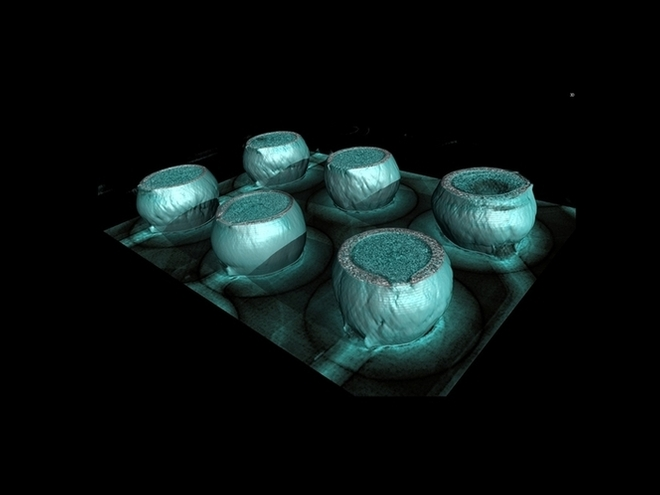Differences between X-ray tubes and X-ray sources
Release time:2024-07-04Publisher:Jeenoce
The generation of X-rays requires three essential conditions, namely an electron source, an accelerating electric field, and a metal target (tungsten or molybdenum). When a high-speed electron flow is blocked by a substance, X-rays can be generated. Specifically, X-rays are invisible rays produced when a high-speed electron flow in a vacuum tube collides with a tungsten (or molybdenum) target.
X-ray tubes are the core devices designed and manufactured based on this to generate X-rays. The basic structure of an X-ray tube is composed of three basic parts: a cathode, an anode, and an evaluated glass envelope.

Customers often confuse X-ray tubes with X-ray sources, believing that they are the same product, but there are differences between the two. Simply put, X-ray sources are composed of X-ray tubes and high-voltage generators, and only X-ray tubes cannot directly produce X-rays. A high-voltage generator is needed to provide voltage power to generate beams of electrons inside the X-ray tube.
In addition to the two core components of X-ray tubes and high-voltage generators, the peripheral components also include lead tubes, stators, high-voltage cable interfaces, insulation oil, expanders, and metal shells. A complete integrated X-ray source also requires high-voltage circuits, insulation and shielding, control circuits, control interfaces, and power supply to be combined into a complete integrated X-ray source.
For X-ray sources, there are two requirements:
1. The vacuum degree inside the tube should be maintained below 133.3x10-7Pa (10-7 mmHg) to prevent gas discharge inside the X-ray tube and ensure that electrons emitted from the cathode can fly smoothly and at high speed towards the anode.
In addition, all parts installed in the tube must undergo strict cleaning, degreasing, and thorough degassing (usually using high-frequency vacuum heating for suction).

